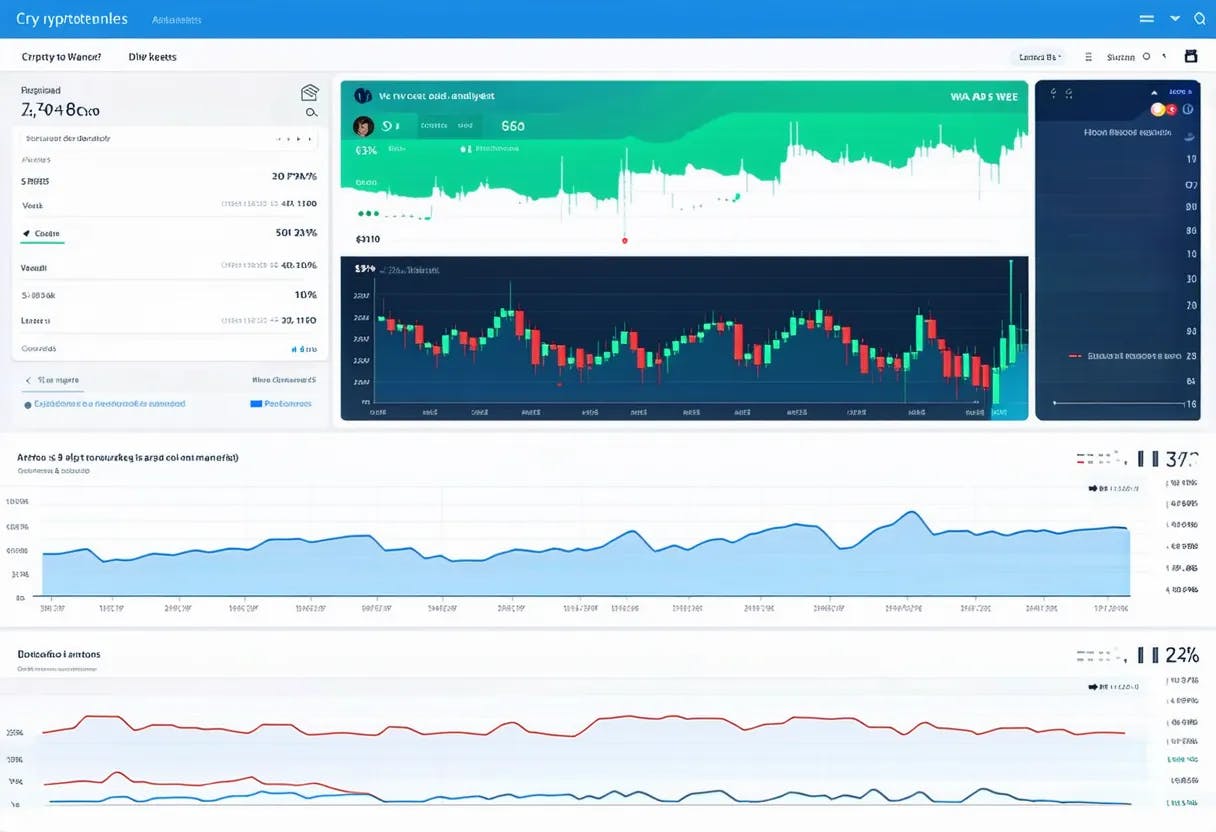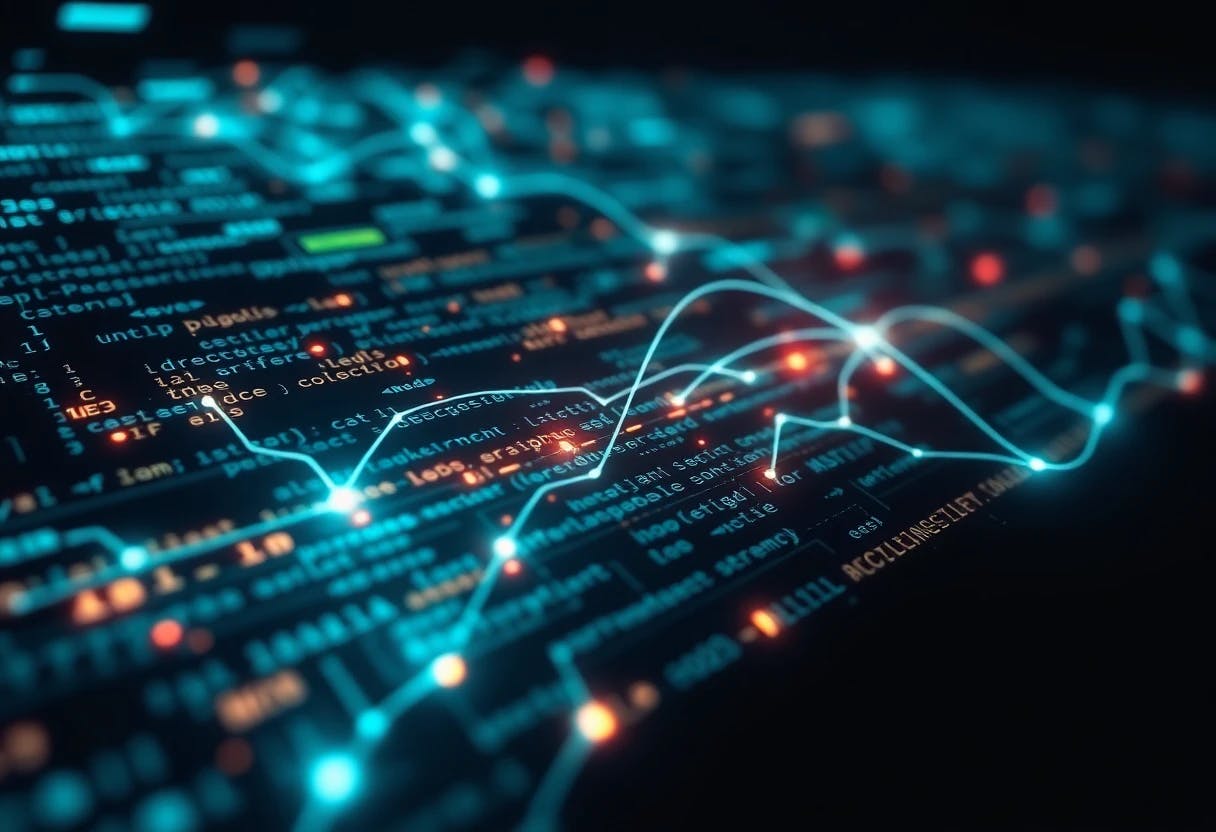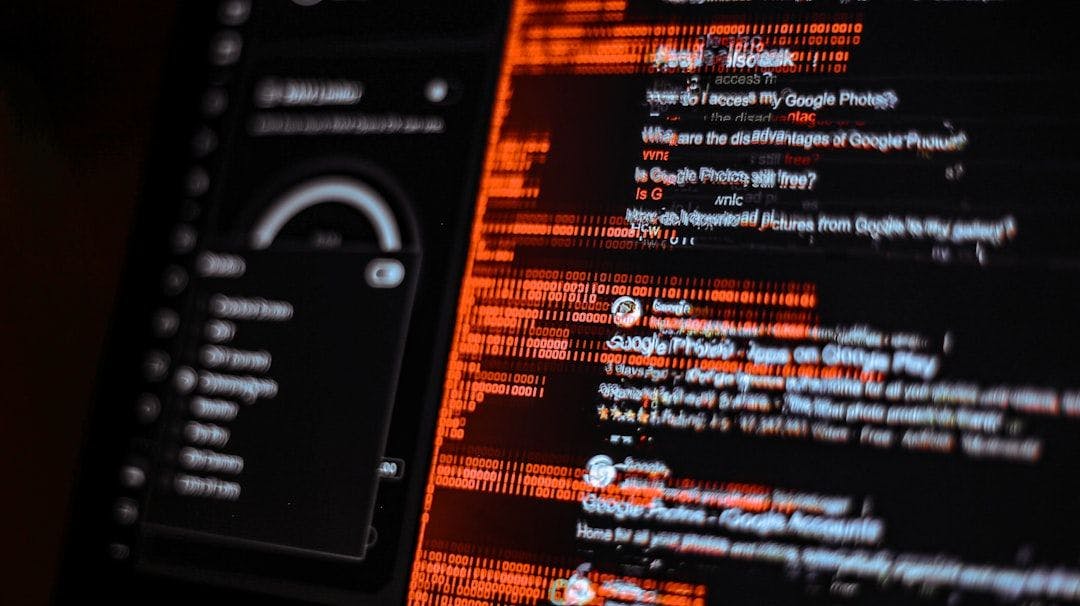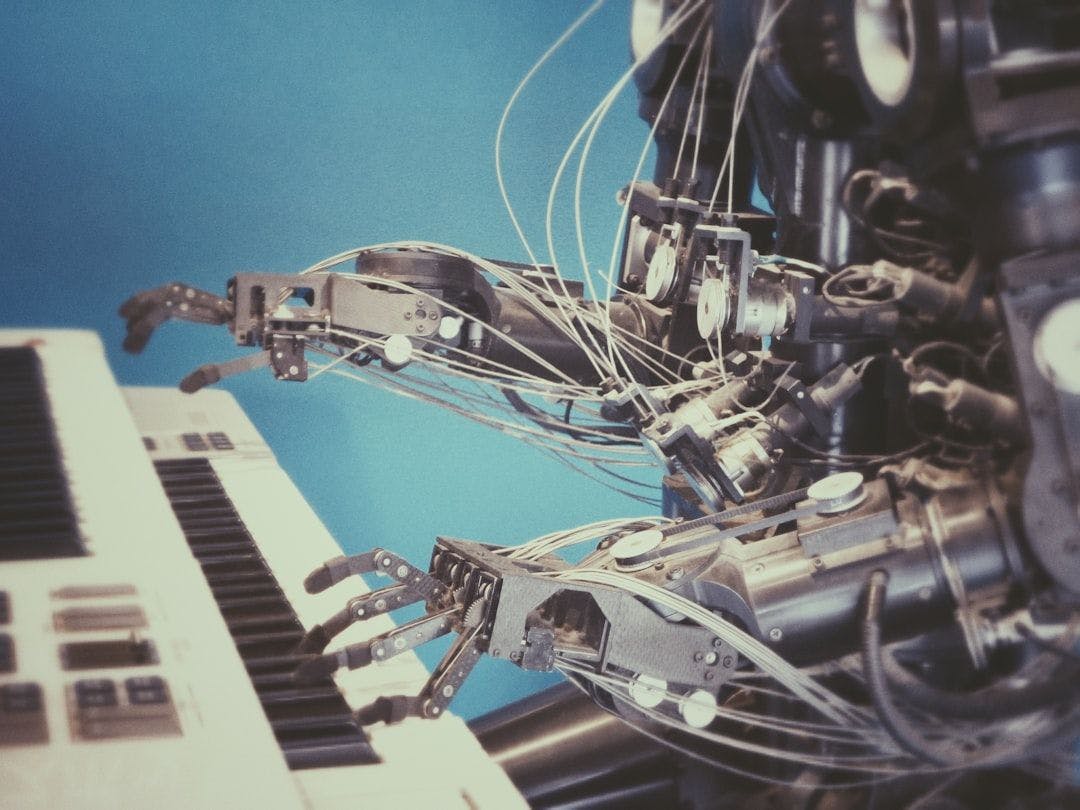
Best Practices for Integrating LLMs with Malware Analysis Tools
22 Apr 2025
LLMs can complement deobfuscators in threat pipelines, filling gaps, summarizing code, and mapping MITRE ATT&CK, but must minimize hallucinations.

Model Performance and Pitfalls in Automated Malware Deobfuscation
22 Apr 2025
Testing four LLMs on Emotet scripts, GPT-4 led in deobfuscation, but all models struggled with hallucinations and prompt limitations.

AI Detectives and the Case of the Disguised Droppers
22 Apr 2025
Using 2,000 real Emotet dropper scripts, the experiment tests LLMs’ ability to deobfuscate malware and extract threat intel at scale.

Extracting Hidden Malware Payloads with AI-Powered LLMs
22 Apr 2025
LLMs can automate extracting obfuscated malware payloads, streamlining threat intelligence even as attackers change packing and obfuscation tactics.

The Pros and Cons of LLMs in Cybersecurity Practice
22 Apr 2025
LLMs boost cybersecurity by automating threat detection, analysis, and compliance, but can also be misused for attacks and malware development.

Why Static Analysis Struggles Against Modern Malware
22 Apr 2025
Malware uses packers, cryptors, and obfuscators to evade static analysis, challenging analysts to adapt detection and analysis methods.

The Future of Malware Analysis: LLMs and Automated Deobfuscation
22 Apr 2025
LLMs show strong potential for automating malware deobfuscation, efficiently analyzing real Emotet scripts and enhancing future threat intelligence pipelines
